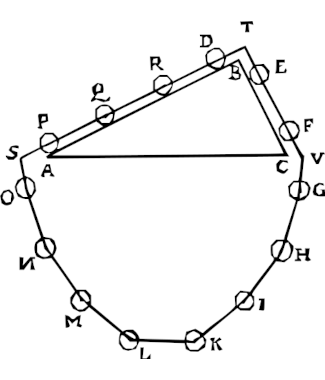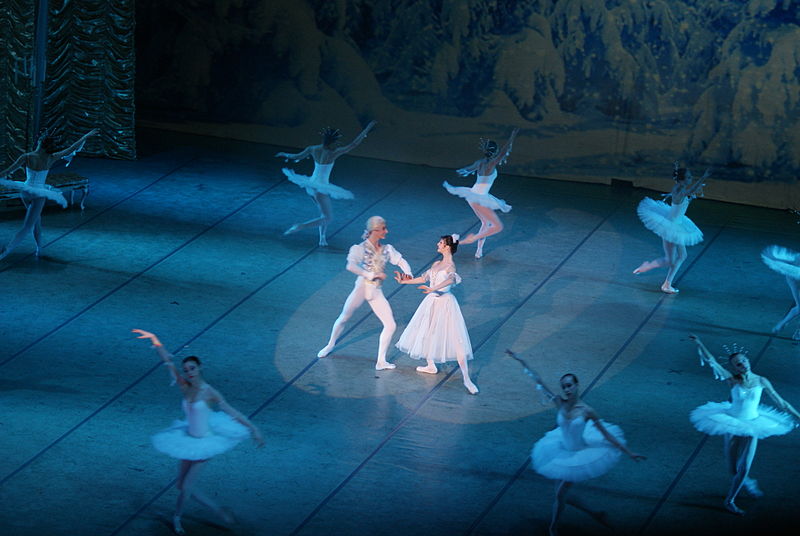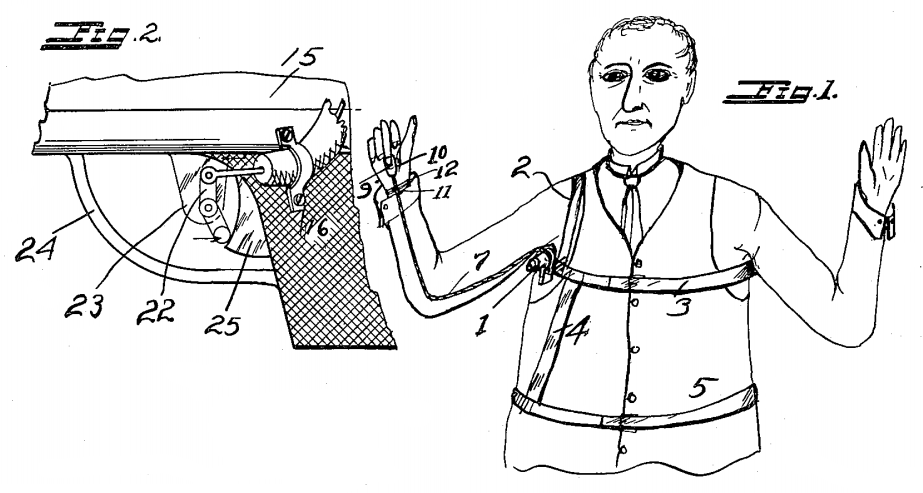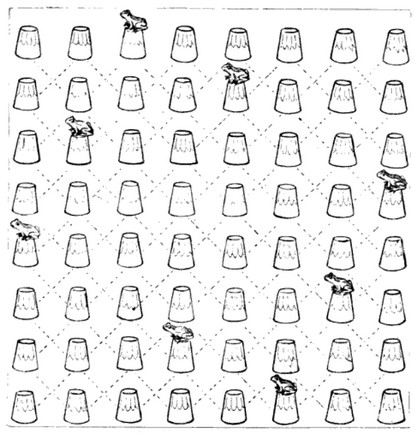Ogden Nash’s 1975 poetry collection I Wouldn’t Have Missed It contains an intriguing index of last lines:
A weirdo of fifty, 347
Alone, in the dusk, with the cleaning fluid, 239
And bring me half a dozen smelts, 193
And jam the bloody airwaves on the Seventeenth of March, 199
And join that lama, 217
And leave casements to Keats and me, 332
And the hell with the first fourteen, 346
And Zeus said, Yes, I’m an atheist, 351
But Custard keeps crying for a nice safe cage, 100
But the sensible fish swims down, 28
But you need an orgy, once in a while, 56
Fell through the parlor floor today, 214
He counted them while being digested, 379
How old is Spring, Miranda?, 103
I wish the kipper had a zipper, 321
Is hoping to outwit a duck, 221
It’s kind of fun to be extinct, 265
Kek kek kek, whoosh, kek kek kek, whoosh!, 327
Of deathless celluloid vowels, 192
The proper size for a child, 95
Thus saving the price of a bugle, 63
To tell a lizard from a skunk, 190
We can cling to our fleece, Hot Cha!, 52
Why, they’re crazy, 144
The longest is “That Man has to go continually to the dentist to keep his teeth in good condition when the chief reason he wants his teeth in good condition is so that he won’t have to go to the dentist, 154.”







